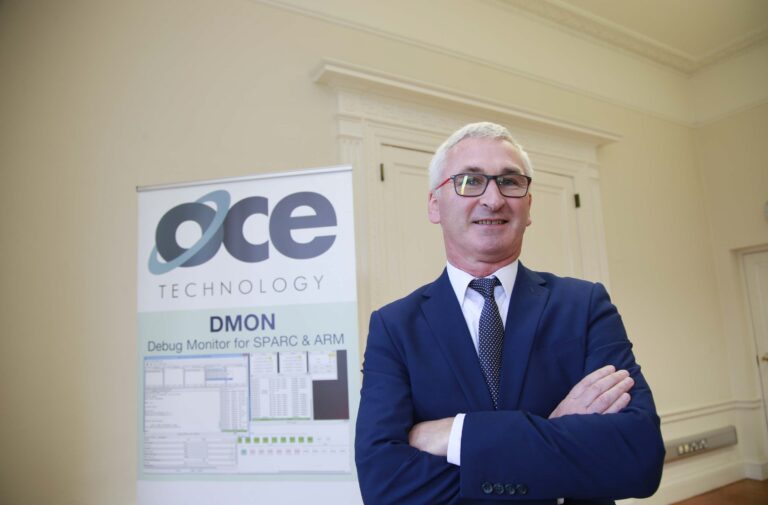O.C.E. Technology, an Irish space technology company, recently announced the formal release of OCEOS, the company’s real-time operating system for high reliability applications.
The OCEOS software, which the company has successfully tested at the European Space Agency (ESA), occupies a tiny amount of memory and includes the operational checks and recovery procedures required for mission critical subsystems on satellites and other spacecraft.
The software, which is compliant with ESA’s safety level B regulations for spacecraft, is currently available for ARM and SPARC single-core processors with conversion to the more powerful multicore computer architecture already in progress.
OCEOS is also considered suitable for automotive and medical applications such as engine management, emissions monitoring, therapeutic devices, and dialysis machines. The company is currently seeking non-space reference applications for the operating system with offers of discounted software and support to interested companies.
Barry Kavanagh, CEO, O.C.E. Technology, said, “We are very excited to have developed and successfully demonstrated only the second safety category B operating system for the European Space Agency. OCEOS has some unique features such as prevention of software deadlocks and precision timing for control outputs.”
He added, “O.C.E. is currently selling to the aerospace market but OCEOS is creating new opportunities for the company in other high-growth and global markets such as the automotive and medical industries and O.C.E. is offering discounted licences and support to new customers in these markets.”
O.C.E. Technology, headquartered at NovaUCD, in Dublin, develops software for technical applications and supplies radiation-hardened chip-level components targeted primarily at the space and high-reliability sectors.
O.C.E. is already operating in Europe, Korea, China, and Singapore through a network of distributors.
O.C.E., an Enterprise Ireland supported company, also supplies a range of satellite subsystems including solar cells, batteries and attitude control units, which are already well proven on the Chinese space programme.


